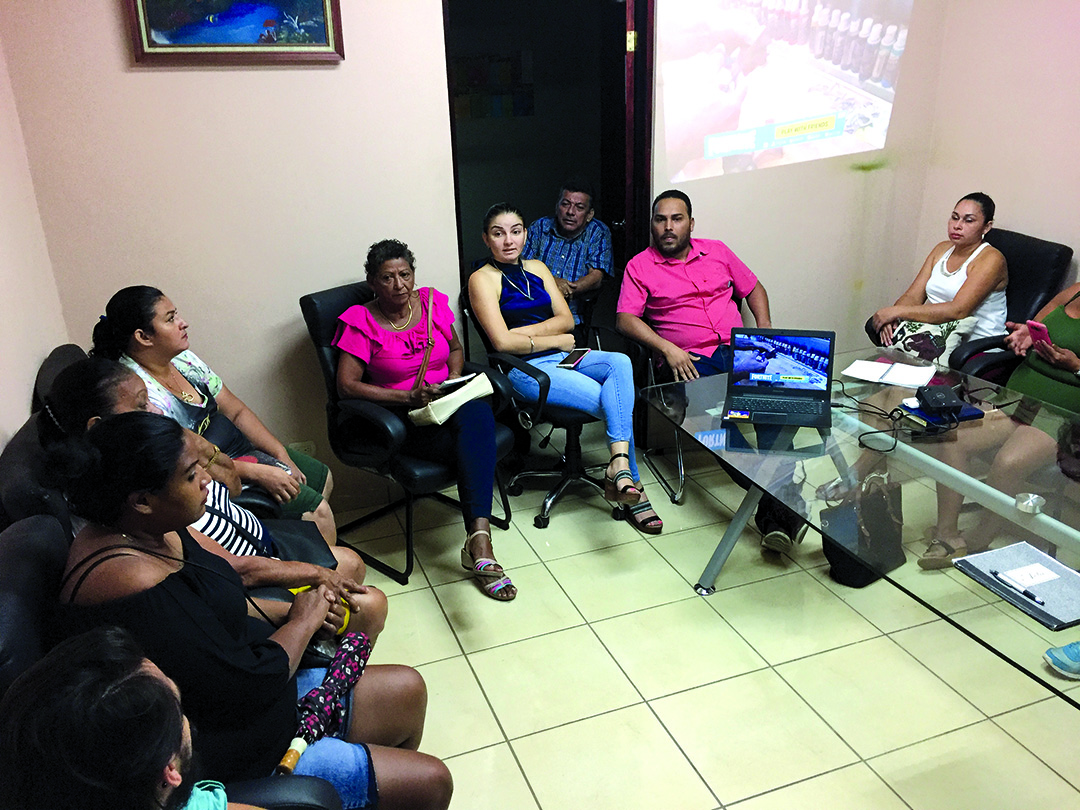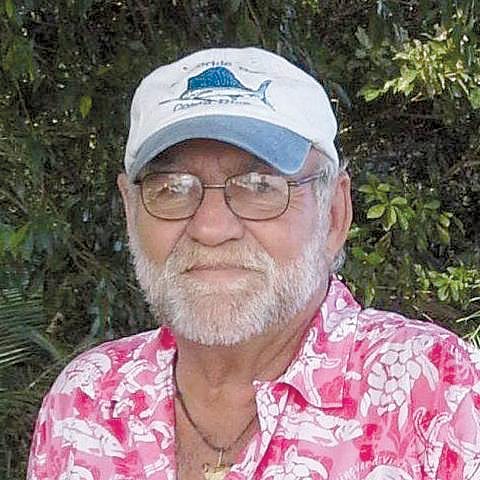Stanford University Starts Satellite Tagging Program
Dr. Larry Crowder and his team from Stanford University started the first leg of a 4-year project called DynaMAR (Dynamic Marine Animal Research) and are placing satellite tags on marlin and sailfish along several points off the Pacific coast.
Several local captains out of Los Suenos in Herradura, Marina Pez Vela in Quepos, and Crocodile Bay in Puerto Jimenez participated in the first leg of the project. They started the trip on the Amejave, captained by Rolando Chaves out of Los Suenos. The entire group of scientists explored the seamounts and Fads far from the coast. Later the group split up with part going on the Double Nickel out of Marina Pez Vela with Captain Nick Froelich, and Captain Francisco Lobo out of Crocodile Bay Resort.
They placed satellite tags in 3 marlin and 9 sailfish They chose the healthiest looking fish to place the tags. At around $4000 a piece, it pays to be careful. The tags they use have a “double loop” system which limits the drag in the water, keeps the tag close to the body and is black so predator fish will not be attracted to it.
The tags will gather information on movement and location, depths traveled and water temperatures while in those areas. They are set to pop off at intervals of, 6, 9, and 12 months to float to the surface. Then, via antenna on the tag, the data is collected by satellite. Later the data will be compared to data from other sources the fish has traveled like surface temperature, currents, eddies, chlorophyll levels and bait concentrations. They are especially interested in marlin movements and what these fish are doing during an El Nino period. They plan to tag fish every month of the year in future visits. There next visit will be in March or April. The group is collaborating with other past and future studies and when finished should have data on nearly 150 billfish.

Hunt for Big Fish’s Larry Dahlberg working with Puntarenas Women
Henry Marin, project manager for FECOP, understands the whole picture when it comes to conservation advances. The ban on shrimp trawling is a good example. While one the best things that has happened to the Costa Rican marine environment, it has another side.
“What most people don’t realize that the ruling displaced 300 women in Puntarenas who worked as shrimp peelers that now are left unemployed. Many of these women are the head of their household.” explained Marin.
During a visit with Larry Dahlberg, legendary fisherman, lure maker, and host of television show Hunt for Big Fish last July at ICAST, the annual American Sportfishing Association event, Marin and Dahlberg hit on a conversation that was close to heart for both, Fisheries Conservation. Both also agreed there is a social aspect to conservation. That conservation has a cost. Sometimes that cost is jobs lost. Marin explained the shrimp trawling issue here.
Marin’s recent study of coastal communities in Costa Rica showed sport fishing contributes more than $500 million to the economy of the country making up for 13% of all tourist dollars spent here. Many of the people working in sport fishing used to work in the commercial fishing industry. This shows how conservation can have a positive aspect on people as well.
Dahlberg who has designed many famous fishing lures and was inducted into the International Game Fish Association Hall of Fame offered to come down and teach these women displaced from the shrimping industry how to make fishing lures since they were well adapted to working with their hands.
Marin started the leg-work months ago when he contacted the women’s group to find if there was an interest from them. Then meetings with INCOPESCA, in charge of Costa Rica fisheries and INA, Costa Rica’s technical institute were held to seek their collaboration. Both groups were eager to participate.
On his part Dahlberg enlisted the help of Mike Faupel, President of Alumilite Engineering Company who owns Make Lure.com and Amazing Casting products, suppliers of molding and casting products and Brad Roberts, a well-known lure maker and owner of Jaw Sportswear. The three came down the last week of February to train group of these women as well as 5 INA instructors who will carry on the training to keep the program growing. Alumilite is donating the materials for the project.
The group will be making fishing lures for sale in Costa Rica both hard and soft baits and are planning to develop a bio-degradable lure. After they learn the molding process, they can expand to other products such as souvenirs for the many cruise ship tourists that visit Puntarenas.
The project will not be the solution for the unemployment of 300 women but if done properly the co-op they form will employee a good number of women. Marin understands this is only the first step. “They will need help learning how to manage a business and INA has plans to include this in the program. Volunteers are invited to participate, especially University students and professionals in business administration or with knowledge of 3D printing looking for a community project are welcome.”
For more information or to volunteer for the project contact Henry Marin at 2291-9150 hmarin@fecop.org
Todd Staley has managed sportfishing operations in Costa Rica for 25 years. He has been involved with FECOP since its inception and is former President of the group and was co-recipient of IGFA’s Chester H. Wolfe award in 2015 for his conservation efforts in Costa Rica. He is currently Fishing Columnist for the Tico Times and works full-time with FECOP as Director of Communications. Contact Todd at todd@fecop.org

